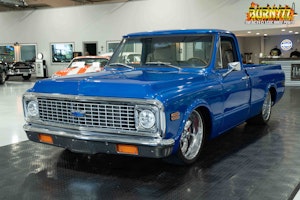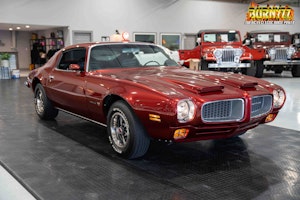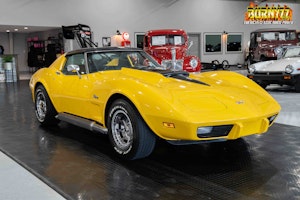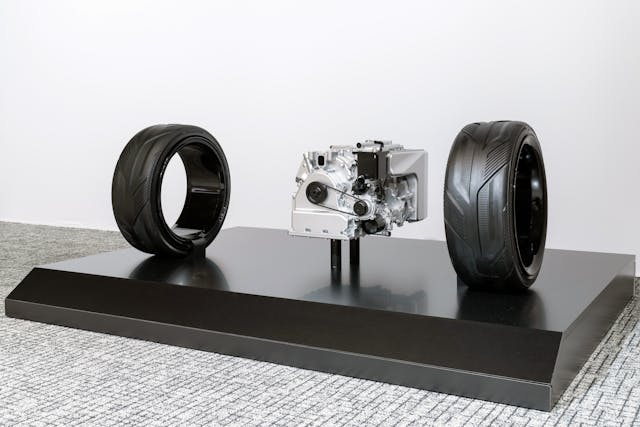Media | Articles
Toyota, Mazda, and Subaru Team Up for New High-Tech Engine Family
Despite the frenzy of battery-electric vehicles hitting the marketplace these days, internal combustion engines still have a future, according to Toyota, Mazda, and Subaru. The three Japanese automakers have announced a collaborative effort to develop a new family of engines that will aid in the push toward carbon neutrality.

The new engines, according to the joint announcement released today by all three automakers, will be “tailored to electrification,” which almost certainly means these will be the backbone of new hybrid systems that each automaker will seek to employ for upcoming products. Key to the new engine’s eco-friendly goals will be the ability to run on various carbon-neutral (CN) fuels such as bio-fuels, synthetic fuels, and liquid hydrogen.
Toyota has been campaigning a hydrogen-powered race car in Japan for a while now, and no doubt the learnings from that program have helped inform this new family of engines that these automakers will be developing.

Interestingly, these new engines won’t all take the same form. The announcement mentioned that each automaker will leverage the development improvements to create signature engines that “not only represent their respective brands but also cater to their customers’ unique needs and preferences.”
Each automaker shared examples of what their signature engines would look like. Subaru brought a flat-four engine paired with a next-generation hybrid system stuffed inside a camouflaged prototype of its Crosstrek. (The hybrid Crosstrek is available in other markets—albeit with an older version of the hybrid system. It’s not currently available in North America.)
Marketplace
Buy and sell classics with confidence
Mazda brought along single- and twin-rotor rotary engines. The company currently uses a rotary engine as a range-extender in the MX-30 and the Iconic SP sports car concept, though the engine has no mechanical connection to the wheels. Perhaps in the future, the rotary could once again spin the wheels directly.


Toyota displayed two new inline fours: A 1.5-liter unit, and a larger 2.0-liter unit. There wasn’t much in the way of details for either, except that Toyota said that each motor “achieves both high output and high thermal efficiency.”


In addition to being more efficient and more powerful, the new engines will also be more compact in nature, helping to improve vehicle packaging. “Smaller engines allow for even lower hoods, improving design possibilities and aerodynamic performance while contributing to better fuel efficiency,” said the release. No arguments there. (Seeing a hood line come down instead of climbing would also be a welcome reversal of a somewhat annoying design trend, though we recognize part of that is driven by pedestrian safety laws.)

There’s no word on a timetable for these engines, but we expect more details to trickle out—including what cars will be the first recipients and the markets where these engines will be offered—in the coming months.
***
Check out the Hagerty Media homepage so you don’t miss a single story, or better yet, bookmark it. To get our best stories delivered right to your inbox, subscribe to our newsletters.














































